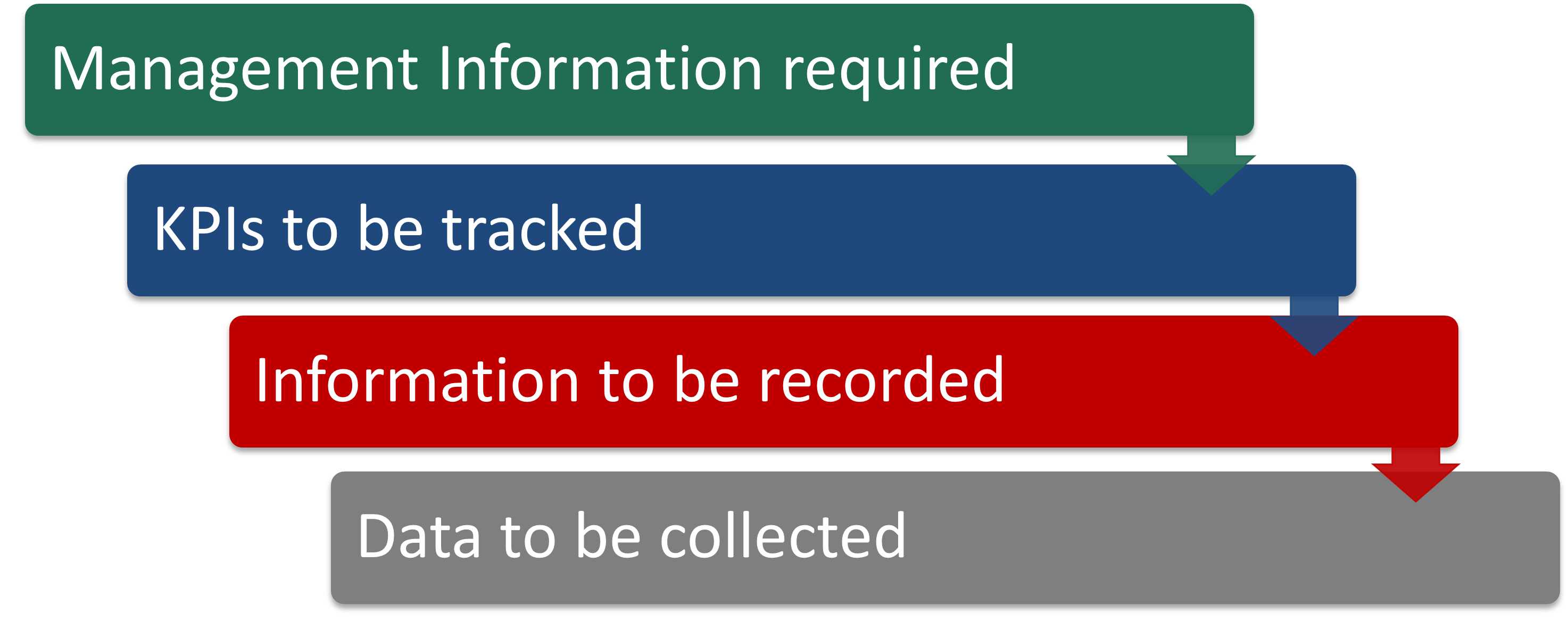Smart Reporting (to external stakeholders)
ESG Performance | 27 February 2024

Reporting up to management, back to the team or out to regulators and community stakeholders is often seen as a nuisance whereas taking a systematic approach and clearly identifying what information needs to be shared and for what reason makes reporting a useful tool to keep everyone informed. The aim needs to be making reporting as efficient and effective as possible.
Smart Reporting reuses the same information as much as possible. The number of local jobs and contracts, dollars spent, community concerns raised and addressed, quantity and quality of engagement is what most people are interested in seeing. Smart Reporting is often simply a case of presenting differently for each audience.
Smart Reporting for external stakeholders means:
- Setting up a reporting cycle – a program of information gathering, communication, and responses means that company performance can be easily monitored on an ongoing basis. Information can be provided regularly to senior decision makers to shape the company’s strategy and policies and improve performance.
- Reusing the same information as much as possible. The number of local jobs and contracts, dollars spent, community concerns raised and addressed, quantity and quality of engagement is what most people are interested in seeing. It just needs to be presented differently for each audience.
- For local communities, this could be done through a monthly or quarterly company newsletter or an insert in a regular newspaper, a radio broadcast or simply posted on a community noticeboard in the local language. It is important to remember that written reports are only one way of providing feedback to communities and are only ever a supplement to face-to-face exchanges, never a complete replacement.
- The national environmental regulator often carries the responsibility for ensuring companies deliver on the social aspects of their operating licences and need to respond to community concerns that are brought to their attention. While there may only be a legal requirement for an annual compliance report, it is worthwhile considering less-formal ways of keeping them informed. This could be as simple as adding them to the mailing list for the company newsletter.
- Public sustainability reporting using the GRI Framework is increasingly being used by companies to enhance transparency and encourage market-based rewards for good social performance. Investing time determining which information is material to the project can ensure that the right data is collected and can also achieve a large overlap with what is needed by the community and the regulator.
- Lender and Investor needs are much the same – information that demonstrates company effectiveness at mitigating negative impacts and its contribution to social and economic development.
- When you’ve worked out what needs to be reported is known, make sure that everything is aligned with company KPIs, the database system and any forms or trackers that are used. This will ensure that all essential information is collected, tracked, analysed and reported and the process is as smooth as possible.
- Finally, periodically updating the company website will help to ensure that interested people have easy access to up-to-date information.

Post a Comment